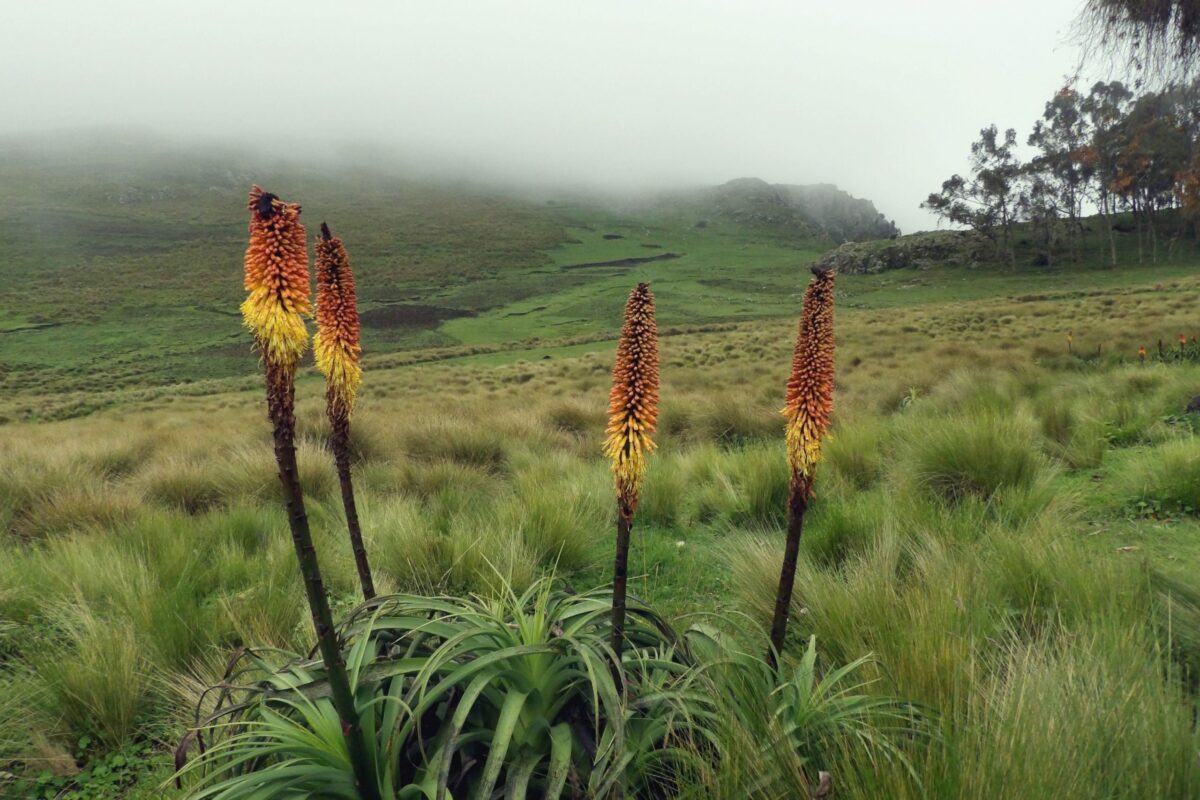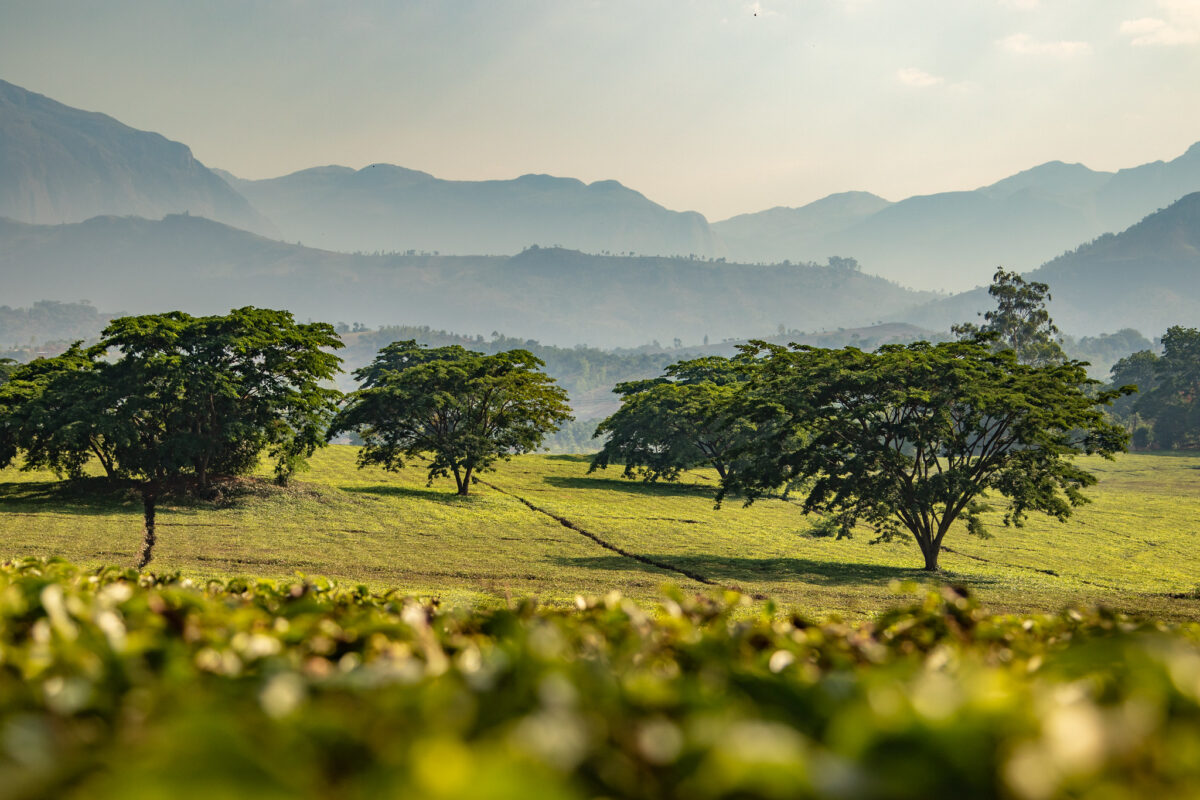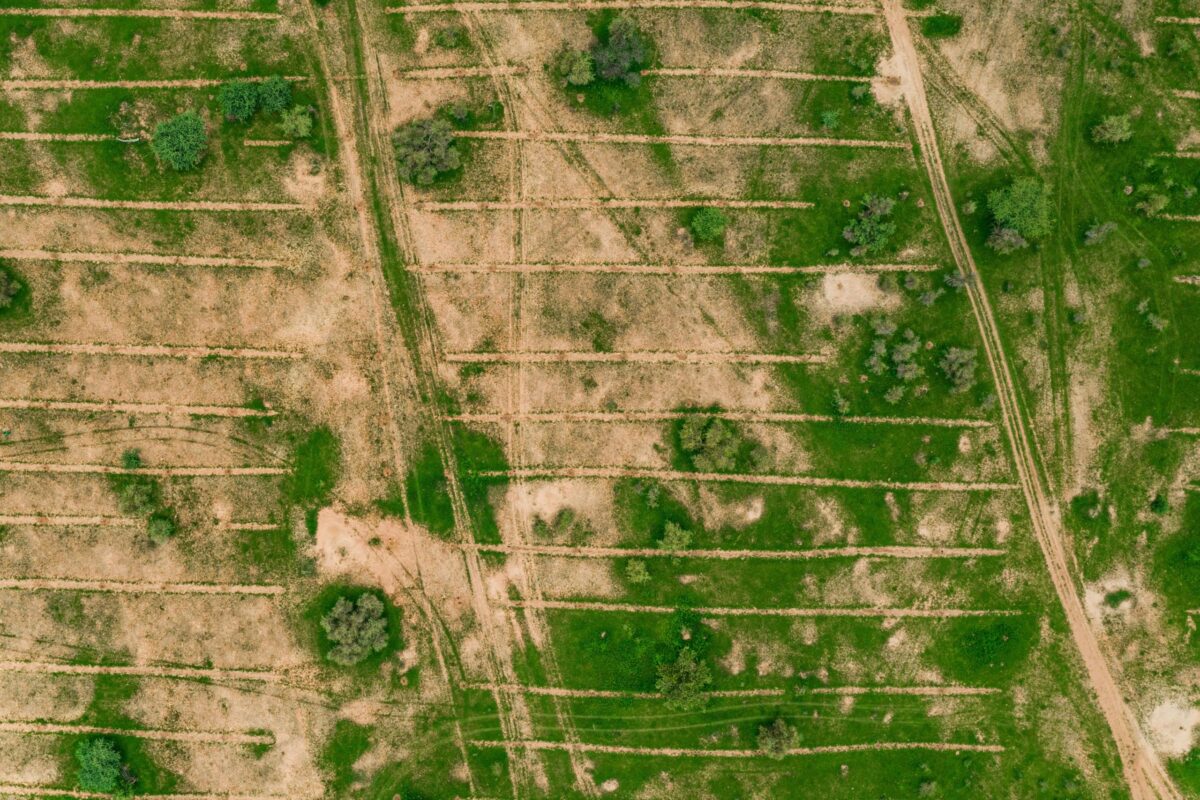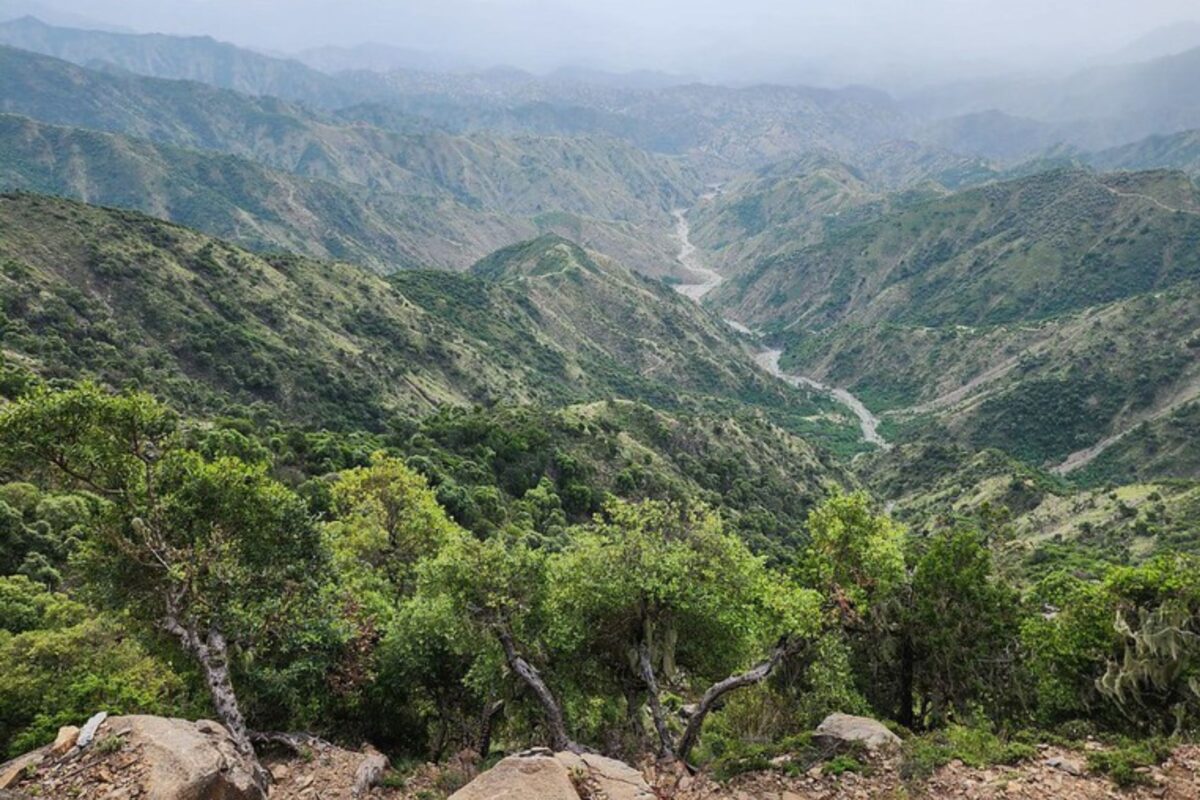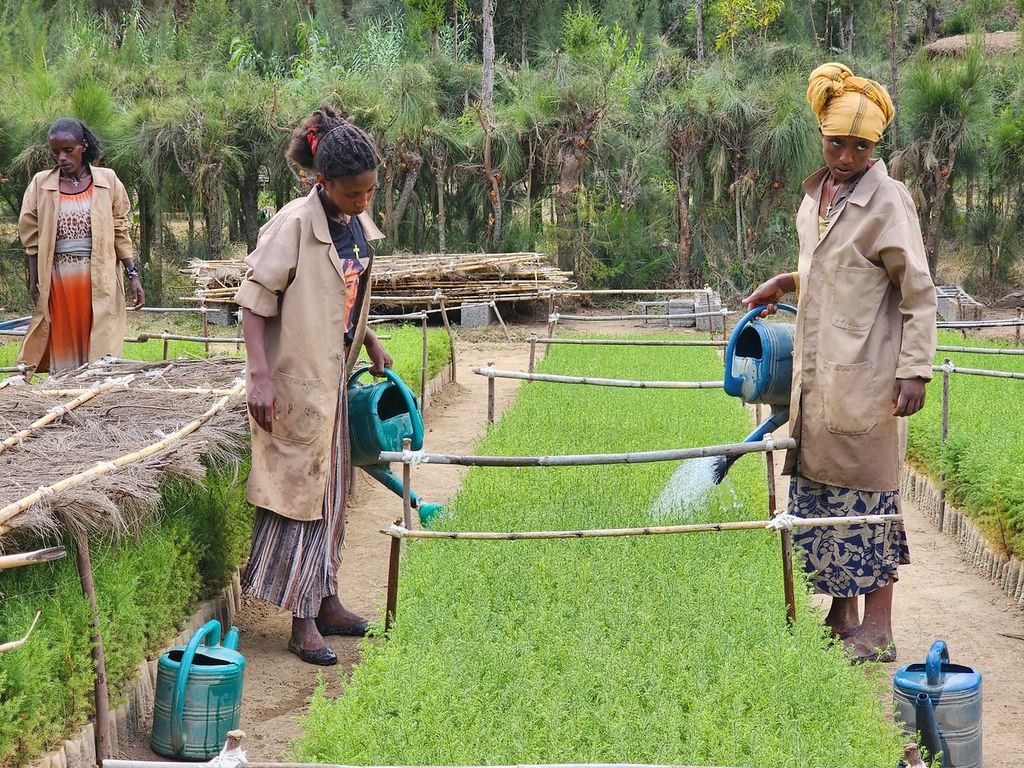Published in the journal Restoration Ecology recently, the study compared ‘ecological outcomes’ – including aboveground biomass, canopy cover, tree species richness, abundance and composition, as well as natural regeneration of tree saplings – in three types of forest: 12-15 yr old coffee agroforests, 12-15 yr old restoration plantings and old growth forest as a reference.
The study found that the coffee agroforestry systems showed ecological outcomes that equalled or sometimes exceeded those found in similarly aged restoration plantings. This suggests that in Brazil’s Atlantic Forest, agroforests, if managed correctly, could be a valuable and viable part of landscape restoration strategies. As well as the favourable ecological outcomes revealed in the study, agroforestry systems also provide livelihoods to local farmers.
This would be good news for the region, which is home to around 70% of Brazil’s human population. More than 80% of the Atlantic Forest has been lost primarily due to agricultural expansion, and what remains is highly fragmented and degraded.
The study was carried out by Carolina Giudice Badari, a MSc student at the University of São Paulo, whose research was supported by WeForest and took place within the same landscape as WeForest’s Pontal project.


